
Product information
Stéphane Ogier Côte-Rôtie Mon Village 2018
Shiraz/Syrah from Côte-Rôtie, Northern Rhône, Rhône Valley, France
$152
Description
Fresh dark berries, potpourri, olive, exotic spices and smoky bacon on the highly perfumed nose. Juicy, penetrating blackberry, cherry liqueur and candied violet flavors show fine delineation and a spine of juicy acidity. Subtly chewy tannins add grip to an impressively persistent, mineral- and spice-driven finish that strongly echoes the cherry and floral notes.
Josh Raynolds, Vinous
In stock
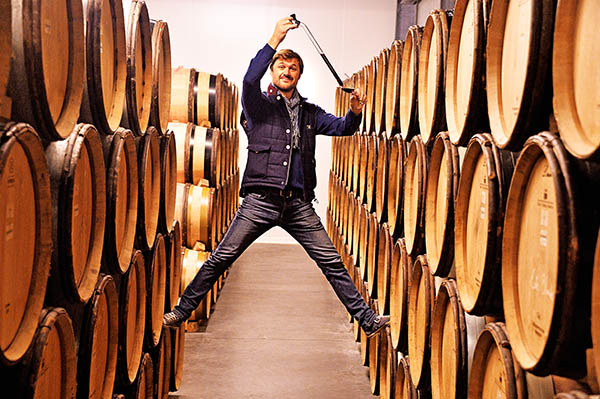
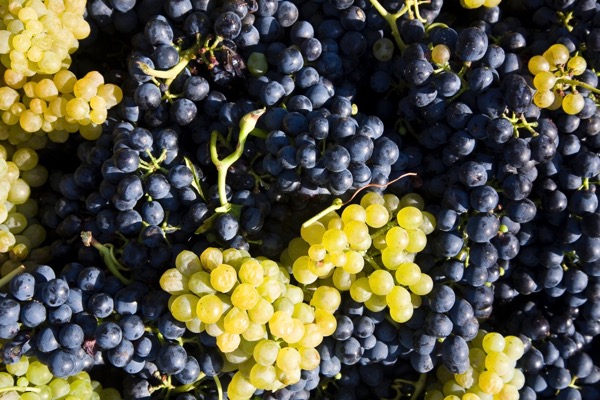
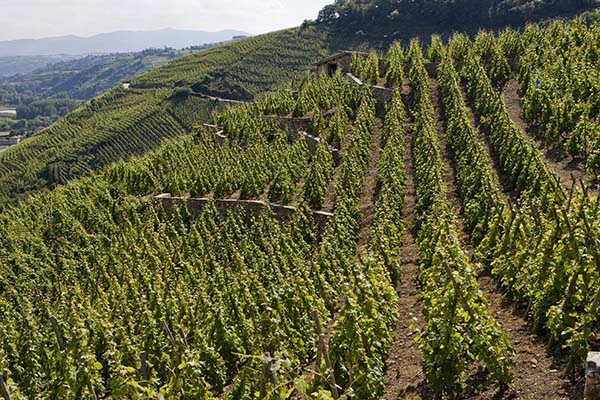
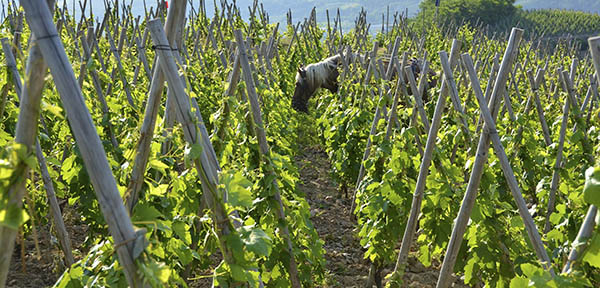
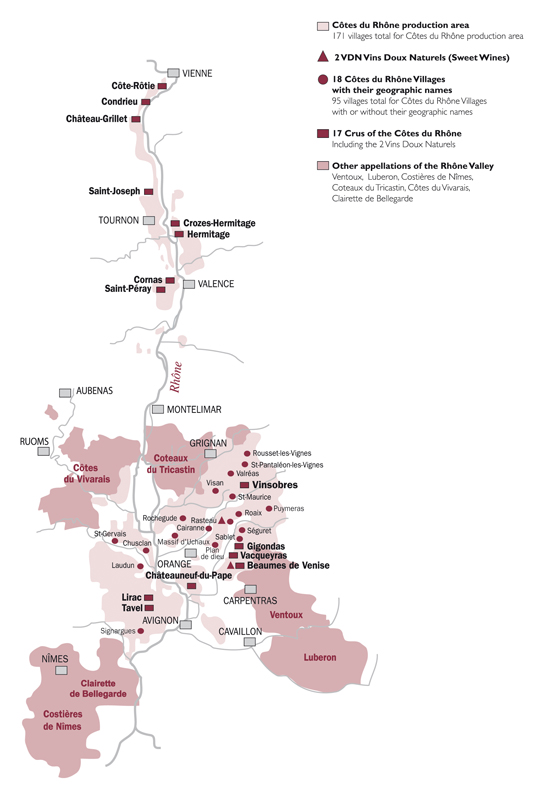
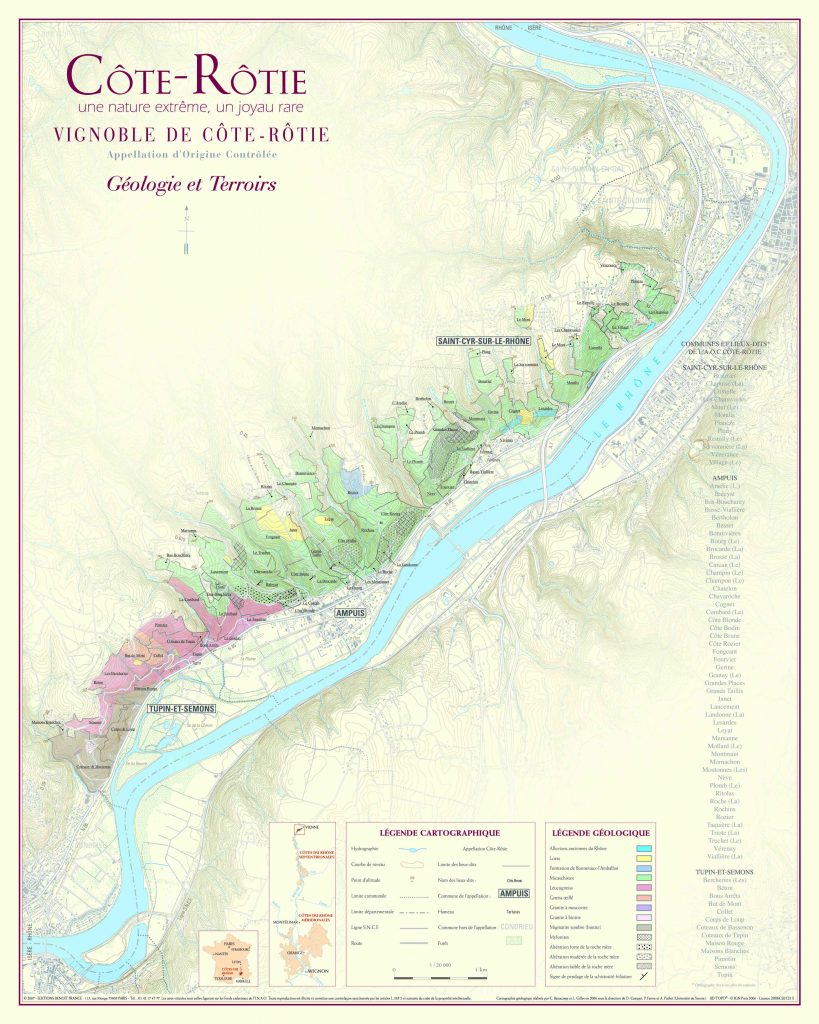
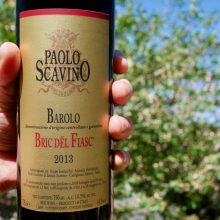
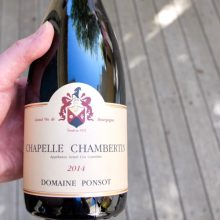
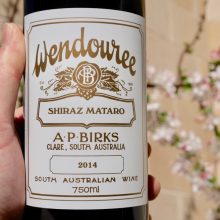
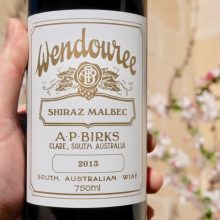
You must be logged in to post a comment.